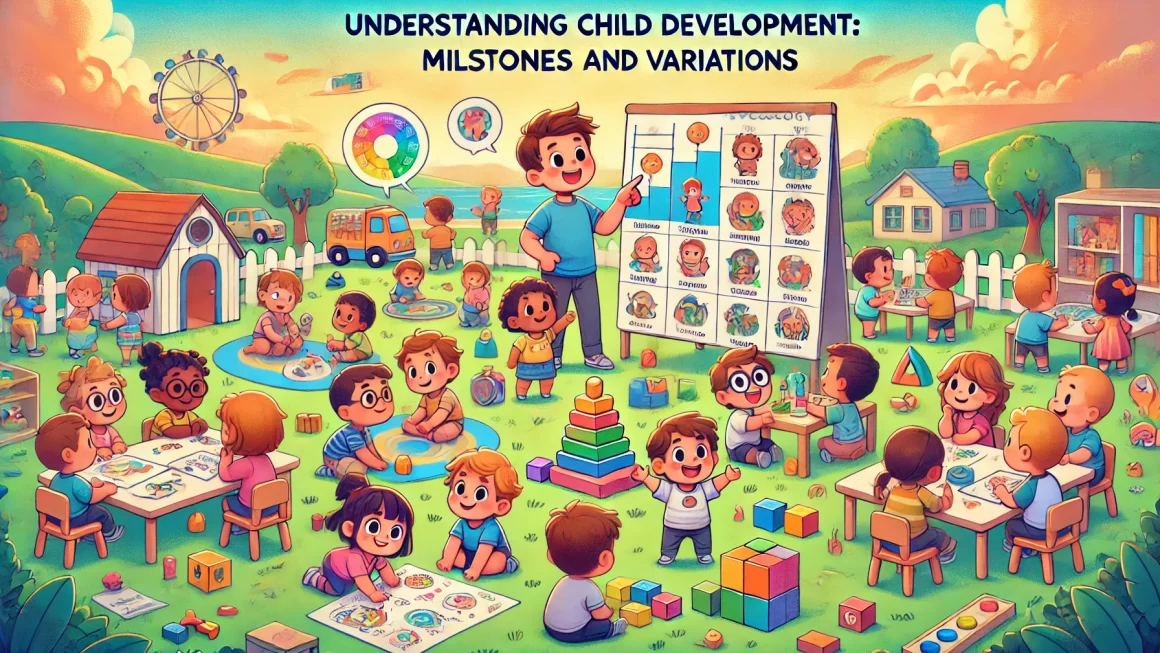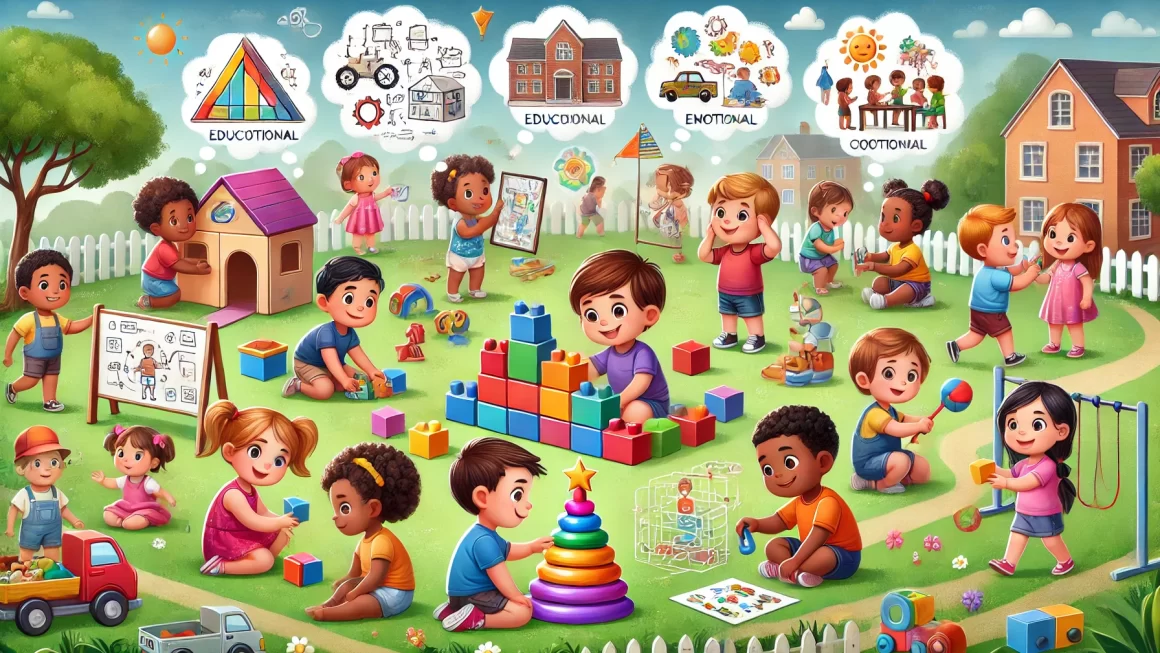In this blog post, I aim to demystify the developmental milestones that guide our understanding of children’s progress while also emphasising each child’s rich variations. This blend of historical insight, practical examples, and expert recommendations is designed to provide parents with a well-rounded grasp of child development.
What Are Developmental Milestones?
Developmental milestones are like checkpoints in the early years of a child’s life, which help us gauge their physical, cognitive, emotional, and social progress. They serve as a general guide for expected achievements at certain ages. For instance:
- Physical Milestones: Sitting by six months, walking by around 12-15 months, and jumping by age 2.
- Cognitive Milestones: Recognizing familiar faces by 6 months, using simple sentences by age 2, and counting to ten by age 3.
- Social and Emotional Milestones: Smiling socially at about 2 months, playing simple games like peek-a-boo around 1 year, and showing signs of empathy by age 4.
Historical Context and Its Impact
Our understanding of child development has significantly evolved over the years. Pioneers like Jean Piaget and Lev Vygotsky laid the groundwork in the early to mid-20th century by establishing that children think differently than adults. Piaget’s theory of cognitive development, which outlines stages such as sensory-motor and pre-operational phases, has particularly helped shape early childhood education by emphasizing the importance of developmental readiness.
Recognizing Variations
It’s crucial to understand that these milestones are not strict deadlines. Each child is unique, and variations are not only common but expected. For example, while most children begin to talk around the age of two, some may start earlier or later, influenced by factors such as environment, interaction levels, and even individual personality.
Real-Life Examples to Illustrate Variability
Take, for example, twin sisters Ana and Bella. Ana started walking at 10 months, whereas Bella, equally healthy and vibrant, didn’t start until 14 months. Both, however, by the age of three, displayed similar motor skills, showcasing the natural variability in reaching developmental milestones.
Recommended Additional Reading
To enhance your understanding, I recommend the following books, which offer insightful perspectives and strategies:
- “Mind in the Making” by Ellen Galinsky explores the seven essential life skills every child needs, offering practical advice to help children reach their full potential.
- “The Developmental Science of Early Childhood” by Claudia M. Gold provides an in-depth look at the complexities of early development and the impact of relationships and environment on young children.
Conclusion
Understanding child development through the framework of milestones and variations provides a balanced view that respects the individuality of each child. As parencts, our role is to support and nurture this development, providing the right environment for each child to grow at their own pace. Remember, the journey of development is not about reaching milestones the fastest but fostering a well-rounded, healthy child who feels supported in their growth.
By embracing both the science and the individual stories of development, we can better appreciate and support the diverse journeys of all children.




